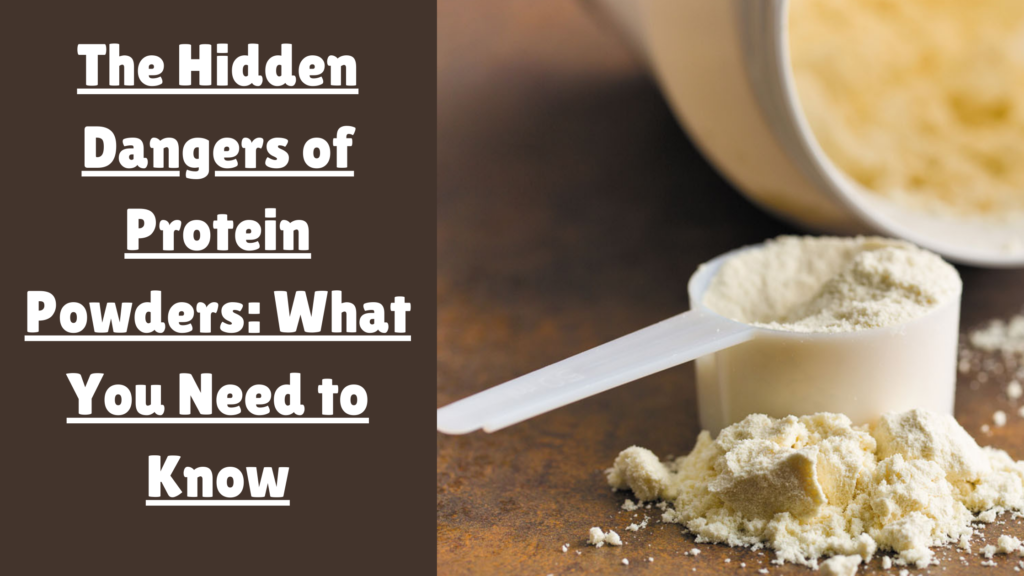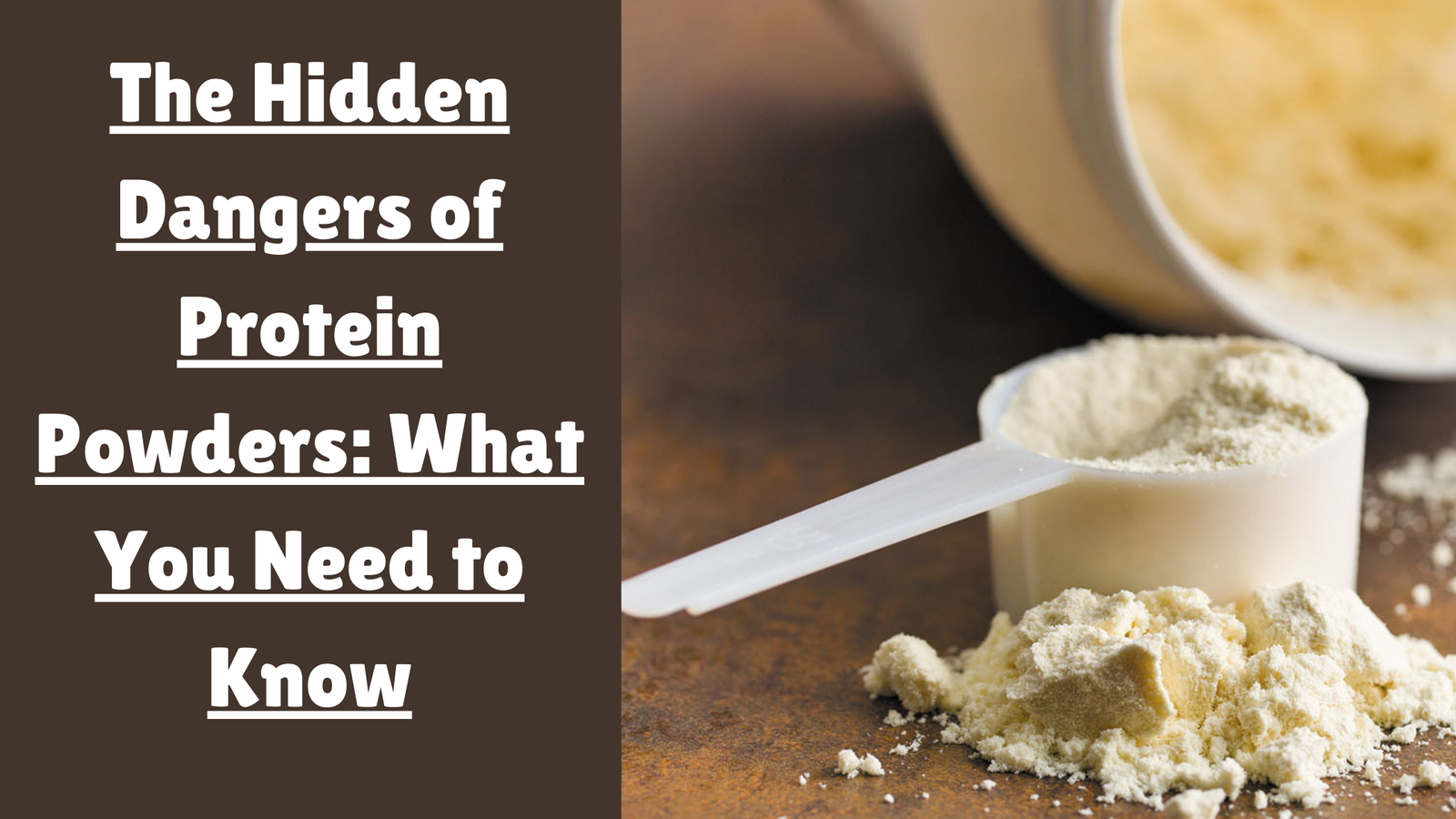The Hidden Dangers of Protein Powders: What You Need to Know

The Hidden Dangers of Protein Powders
Adding protein powder to a glass of milk or a smoothie might seem like a quick way to boost your health. After all, protein is essential for building and maintaining muscle, bone strength, and numerous bodily functions. Many older adults don’t consume enough protein due to a reduced appetite.
However, a scoop of chocolate or vanilla protein powder can harbor health risks. “I don’t recommend using protein powders except in a few instances and only with supervision.
What is Protein Powder?
Protein powders are powdered forms of protein derived from plants (soybeans, peas, rice, potatoes, or hemp), eggs, or milk (casein or whey protein). These powders may also contain other ingredients such as added sugars, artificial flavoring, thickeners, vitamins, and minerals. The protein content per scoop can vary from 10 to 30 grams. Supplements used for building muscle contain relatively more protein, while those used for weight loss contain relatively less.
What are the Risks?
There are several risks to consider when using protein powder:
- Unregulated Safety: Protein powder is a dietary supplement, and the FDA leaves it up to manufacturers to evaluate the safety and labeling of their products. This means there’s no way to be sure if a protein powder contains what the manufacturers claim.
- Unknown Long-term Effects: “There are limited data on the possible side effects of high protein intake from supplements,” McManus says.
- Digestive Distress: People with dairy allergies or trouble digesting lactose (milk sugar) can experience gastrointestinal discomfort if they use a milk-based protein powder.
- High in Added Sugars and Calories: Some protein powders have little added sugar, while others have a lot (up to 23 grams per scoop). This can turn a glass of milk into a drink with over 1,200 calories, leading to weight gain and unhealthy spikes in blood sugar. The American Heart Association recommends a limit of 24 grams of added sugar per day for women and 36 grams for men.
A New Risk Revealed
Earlier this year, the Clean Label Project, a nonprofit group, released a report about toxins in protein powders. Researchers screened 134 products for 130 types of toxins and found that many protein powders contained heavy metals (lead, arsenic, cadmium, and mercury), bisphenol-A (BPA, which is used to make plastic), pesticides, or other contaminants linked to cancer and other health conditions. Some toxins were present in significant quantities. For example, one protein powder contained 25 times the allowed limit of BPA.
The Clean Label Project suggests that these contaminants could be due to manufacturing processes or the presence of toxins in soil absorbed by plants used in protein powders. Not all protein powders tested contained elevated levels of toxins. The results are available on the Clean Label Project’s website
Daily Protein Goals
Aim for the Recommended Dietary Allowance for protein intake: 46 grams per day for women and 56 grams for men. Here are some examples of protein sources:
- An egg for breakfast (6 grams)
- 6 ounces of plain Greek yogurt at lunch (18 grams)
- A handful of nuts for a snack (4–7 grams)
- A cup of milk (8 grams) and 2 ounces of cooked chicken for dinner (14 grams).
What You Should Do
McManus advises that, in certain cases, chemical-free protein powders may be helpful, but only with medical supervision. Such cases could include:
- Difficulty eating or an impaired appetite (due to cancer treatment or frailty from older age)
- A surgical incision or a pressure wound that is not healing well (as your body needs protein to repair cells and make new ones)
- A serious condition requiring additional calories and protein for recovery (such as burns).
Otherwise, it’s best to get protein from whole foods like nuts, seeds, low-fat dairy products (yogurt, milk, cheese), legumes (beans, lentils), fish, poultry, eggs, and lean meat. “You’ll find,” McManus says, “that there are many ways to get protein without turning to a powder.”
Disclaimer:
As a service to our readers, Publishing provides access to our library of archived content. Please note the date of the last review or update on all articles. No content on this site, regardless of date, should ever be used as a substitute for direct medical advice from your doctor or other qualified clinician.







